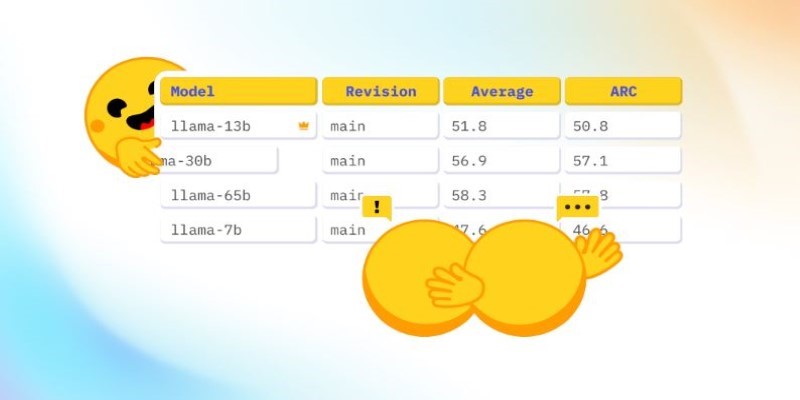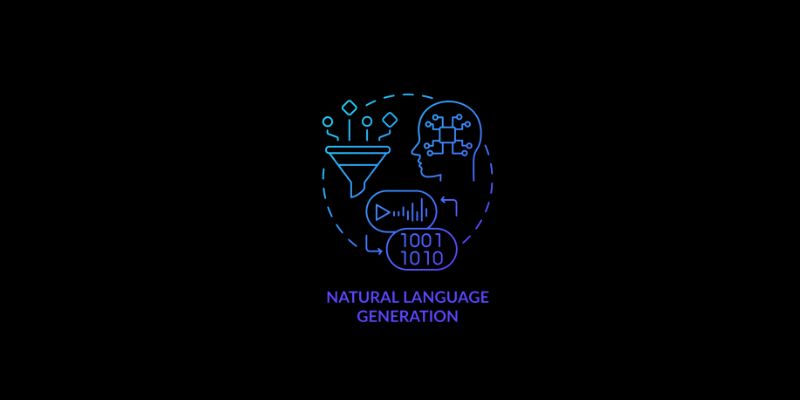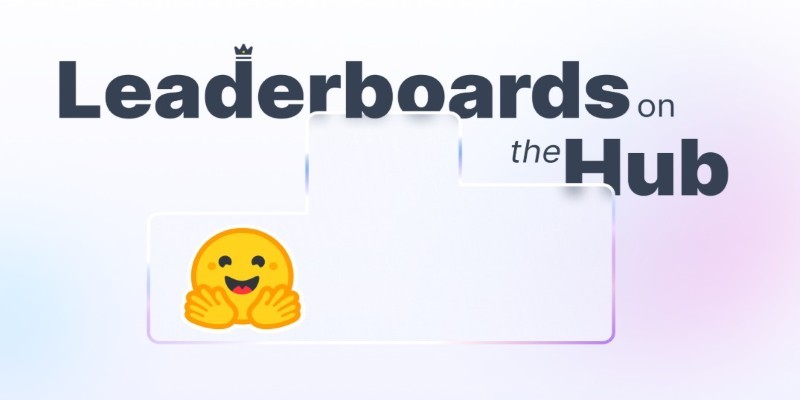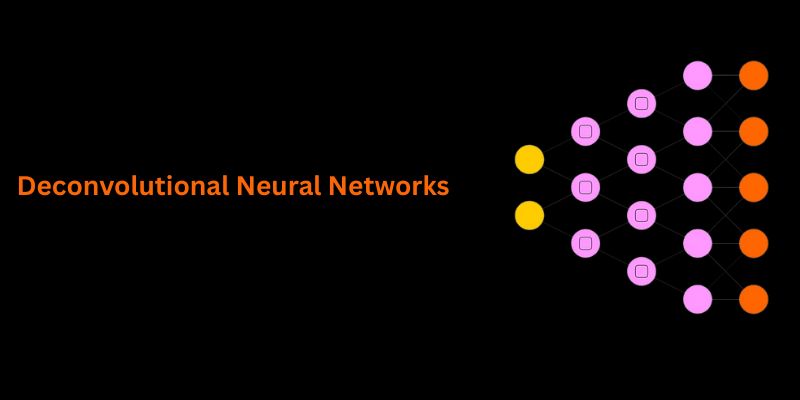Advertisement
Data has turned into something we rely on more than we realize. Whether it's making a decision about where to open a new store or identifying why customers are leaving, there's often data behind that answer. But here’s the thing: having access to data doesn’t mean anything unless people across the organization actually use it. That’s where data culture comes in.
When we talk about data culture, we’re not just referring to dashboards and spreadsheets. It’s about how people think, behave, and make decisions using data. It’s a mindset. A culture. And when that’s missing, you can have all the fancy tools in the world, but they won’t take you far.
Suppose you purchase the best analytics software. You invest months in implementing it. But the individuals who are going to use it still rely on intuition more than facts. During meetings, decisions are predicated on "what worked last time" or "what we've always done." That is not good.
A healthy data culture shifts that completely. In organizations where data plays a real role, people don’t wait for gut instinct to lead them. They ask, “What do the numbers say?” and they follow where that question leads.
Now, that might sound obvious, but it's not. Most companies say they care about data. Very few actually show it in the way their teams work day-to-day. When data culture is strong, it shows up in casual conversations, meeting agendas, project planning, and even team performance reviews. It's not confined to the analytics department. It spans across teams, including marketing, HR, finance, and operations. Everyone uses data because everyone values it.
It’s easy to confuse data culture with just being data-driven. But they’re not the same thing. Being data-driven can still be surface-level. Data culture, on the other hand, goes deeper.
People in data-culture-forward companies ask a lot of questions. Not just analysts or data scientists—everyone. They challenge assumptions and look for proof. If someone shares an idea, someone else asks, “How do we know that?” That kind of curiosity keeps teams honest. It leads to better decisions because it invites deeper thinking.

If only one team has access to the data, the rest of the company is working in the dark. In organizations with a strong data culture, access isn’t a privilege—it’s a norm. Dashboards are shared. Reports are easy to pull. If someone needs a number, they know where to find it. This doesn’t mean everyone becomes a data analyst. It just means people don’t have to jump through hoops to get the information they need.
A company that encourages data use must also make space for wrong assumptions and failed experiments. When teams test an idea based on the data, and it flops, they don't get punished. They reflect, learn, and try again. This kind of openness makes people more willing to trust data because they know they won't be blamed if the outcome isn't perfect.
If executives only use data when it suits them, the rest of the team picks up on that. However, when leaders request data before making decisions and show interest in the numbers behind the projects, it sends a powerful message. It says, "This is how we operate here." And that trickles down to everyone else.

Leaders have to be the first ones to model the behavior. If they aren't using data to guide discussions, nobody else will either. Start meetings by reviewing key metrics. Ask questions rooted in data. Show interest in the numbers. That’s how habits begin to form.
Not everyone is going to be fluent in analytics tools, and that’s fine. The point isn’t to turn every employee into a statistician. It’s to give them enough knowledge so they’re not afraid of the numbers. Workshops, short tutorials, and peer mentoring work well. The tone should be supportive, not overwhelming.
If using data means logging into yet another platform, most people will ignore it. The more seamless the process, the better. Embed key metrics in emails, project tools, or performance dashboards. Set alerts that notify teams of key changes automatically. Make it something they see, not something they have to search for.
When someone makes a recommendation based on data, highlight it. In team meetings or performance reviews, mention the fact that their decisions were grounded in evidence. It reinforces the idea that this behavior is valued—and it encourages others to do the same.
Data can never be the whole story. It needs context. It needs interpretation. So, while you're building a data culture, keep reminding teams that the numbers are there to support decisions, not replace them. This balance is what separates thoughtful use of data from blind dependence on it.
When companies get data culture right, they see more than just better decisions. Teams collaborate more smoothly because they're using the same facts. Trust grows because people feel confident that decisions aren’t based on hidden agendas or guesswork. New hires get up to speed faster because the expectations are clear: we use data here.
And over time, something interesting happens. People stop thinking of data as a separate function or a checkbox. It becomes part of how they think. That shift—when data becomes second nature—is where real momentum starts to build.
The importance of data culture isn't about chasing trends. It's about creating a workplace where decisions aren't left to chance. Where people are curious, informed, and confident in what they're doing because the numbers back them up, tools can only take you so far. What really changes an organization is the mindset—and that comes from culture. Build that right, and the results will speak for themselves.
Advertisement

How Math-Verify is reshaping the evaluation of open LLM leaderboards by focusing on step-by-step reasoning rather than surface-level answers, improving model transparency and accuracy

Explore how π0 and π0-FAST use vision-language-action models to simplify general robot control, making robots more responsive, adaptable, and easier to work with across various tasks and environments

Natural language generation is a type of AI which helps the computer turn data, patterns, or facts into written or spoken words

How temporal graphs in data science reveal patterns across time. This guide explains how to model, store, and analyze time-based relationships using temporal graphs

A simple and clear explanation of what cognitive computing is, how it mimics human thought processes, and where it’s being used today — from healthcare to finance and customer service

Language modeling helps computers understand and learn human language. It is used in text generation and machine translation

How Krutrim became India’s first billion dollar AI startup by building AI tools that speak Indian languages. Learn how its large language model is reshaping access and inclusion

Access to data doesn’t guarantee better decisions—culture does. Here’s why building a strong data culture matters and how organizations can start doing it the right way

How to run LLM inference on edge using React Native. This hands-on guide explains how to build mobile apps with on-device language models, all without needing cloud access

What the Adam optimizer is, how it works, and why it’s the preferred adaptive learning rate optimizer in deep learning. Get a clear breakdown of its mechanics and use cases

How the LiveCodeBench leaderboard offers a transparent, contamination-free way to evaluate code LLMs through real-world tasks and reasoning-focused benchmarks

Understand how deconvolutional neural networks work, their roles in AI image processing, and why they matter in deep learning